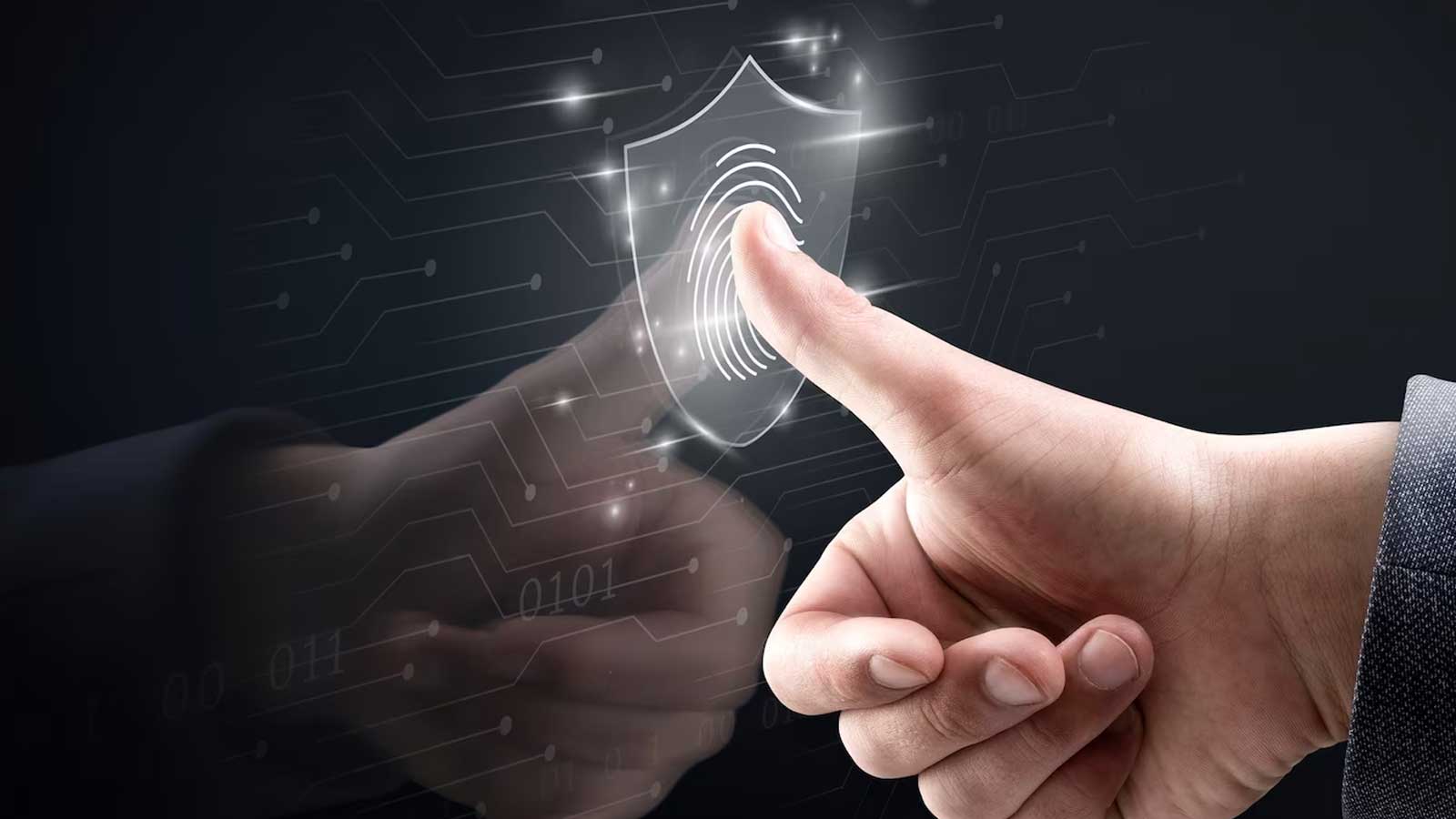As digital wallets become an integral part of our financial transactions, securing them has never been more critical. With cyber threats and identity theft on the rise, traditional password-based systems no longer suffice. Biometric security, a cutting-edge technology leveraging unique physical and behavioral traits has emerged as a game-changer for digital wallets.
This blog explores how biometric security is revolutionizing digital wallets, supported by research and technical evidence. Additionally, we discuss its importance for high-stakes financial environments, such as a crypto prop firm, where the stakes of securing digital assets are exceptionally high.
What is Biometric Security?
Biometric security uses individual physiological or behavioral characteristics to authenticate identity. Unlike passwords or PINs, which can be forgotten or stolen, biometric traits are inherent to each person, making them highly secure and user-friendly. Common types of biometric security include:
- Fingerprint Scanning: Captures unique ridge patterns on fingertips.
- Facial Recognition: Analyzes facial features using advanced algorithms.
- Iris and Retina Scans: Maps the intricate patterns in the eyes.
- Voice Recognition: Identifies unique vocal characteristics.
- Behavioral Biometrics: Monitors patterns such as typing rhythm or mouse movements.
How Biometric Security Enhances Digital Wallets
- Improved Authentication
Digital wallets employing biometric security provide a seamless yet secure login experience. Biometric data ensures that only the authorized user can access the wallet, significantly reducing unauthorized access risks. - Fraud Prevention
Biometrics make it nearly impossible for fraudsters to replicate user credentials. Even if a device is stolen, the biometric system ensures that only the rightful owner can execute transactions. - Convenience and Speed
Users no longer need to remember complex passwords. Biometric authentication is instantaneous, enabling faster transactions without compromising security. - Layered Security
Many digital wallets combine biometrics with other security measures, such as two-factor authentication (2FA) or encryption, creating a robust defense against cyber threats.
The Technology Behind Biometric Security
Biometric systems in digital wallets operate through a sequence of technical processes:
- Data Capture
A biometric scanner or sensor captures the user’s physical or behavioral trait. For example, a fingerprint scanner records the ridges and minutiae of a fingerprint. - Feature Extraction
The system processes the captured data and extracts unique features. Algorithms convert these features into a mathematical representation or biometric template. - Data Matching
During authentication, the user’s biometric input is matched with the stored template. If the match exceeds a predefined threshold, access is granted. - Encryption
Biometric data is encrypted before storage to ensure privacy and prevent misuse. Advanced encryption standards (AES) are often employed to secure this sensitive information.
Research and Technical Insights
The reliability of biometric security has been substantiated by numerous studies. A report by Grand View Research estimates that the global biometric authentication and identification market will grow at a compound annual growth rate (CAGR) of 14.6% from 2021 to 2028, driven by demand in digital wallets and other applications.
Additionally, a National Institute of Standards and Technology (NIST) study found that modern facial recognition algorithms achieved an accuracy rate of over 99.7%, making it one of the most reliable forms of authentication.
Biometric Security and Crypto Prop Firms
In high-stakes environments like a crypto prop firm, where large-scale transactions and digital assets are involved, the need for secure digital wallets is paramount. Biometric security addresses critical challenges:
- Enhanced Asset Protection
Biometric authentication ensures only authorized personnel can access and transfer crypto assets, mitigating risks of insider threats or external breaches. - Regulatory Compliance
Many crypto prop firms operate under stringent regulatory frameworks requiring robust security measures. Biometric systems help meet these standards by providing traceable and foolproof authentication. - Fraud Detection
Advanced biometric systems can identify anomalies, such as unusual user behavior, which may indicate fraudulent activity.
Challenges and Solutions in Biometric Security
While biometric security is highly effective, it is not without challenges:
- Spoofing Risks
Sophisticated hackers may attempt to spoof biometric traits. To counter this, digital wallets integrate liveness detection, which ensures that the biometric data is from a live person rather than a replica. - Data Privacy Concerns
The storage of biometric data raises privacy concerns. Modern systems address this by employing on-device storage and encryption, ensuring user data never leaves their device. - Accessibility Issues
Some users may face difficulties with certain biometric methods due to physical limitations. Multi-modal systems offering multiple biometric options can resolve this.
The Future of Biometric Security in Digital Wallets
The adoption of biometric security in digital wallets is poised to expand with advancements in AI and machine learning. Emerging trends include:
- Continuous Authentication
Future systems will monitor user behavior in real-time, ensuring ongoing authentication without interruptions. - Blockchain Integration
Combining biometrics with blockchain can enhance data security, creating an immutable and decentralized record of authentication events. - Wearable Devices
Biometric systems integrated into wearables, such as smartwatches, will make authentication even more convenient and secure.
Conclusion
Biometric security has redefined the way digital wallets protect users and their assets. By leveraging unique physical and behavioral traits, these systems offer a seamless, secure, and user-friendly experience.
For organizations like a crypto prop firm, biometric security is a critical tool to safeguard digital assets and ensure operational integrity. As technology continues to evolve, biometric security will remain at the forefront of innovation, driving a safer and more efficient future for digital wallets and beyond.







